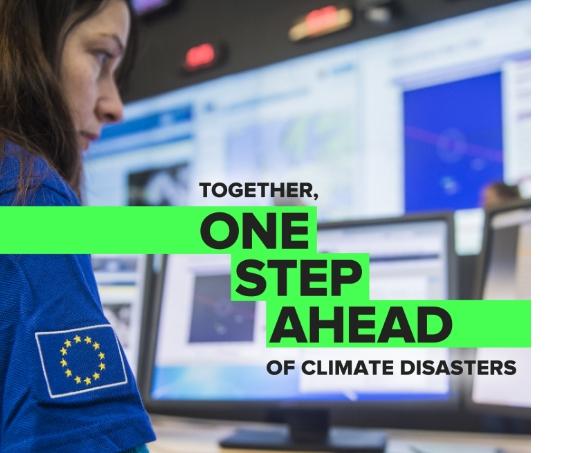The EU Civil Protection Mechanism brings together European firefighters, flood analysts, wildfire risk experts, civil protection officers and more. They work together to anticipate and prepare for disasters so they can respond quickly, alert local populations to the danger and secure the continual operation of civil protection authorities.
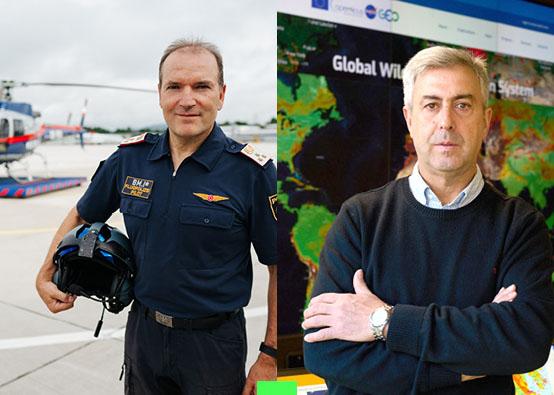 How Austria stepped in to help Slovenia put out wildfires
How Austria stepped in to help Slovenia put out wildfiresAustrian pilot Josef Samonig used data from EU wildfire risk expert Jesús San-Miguel-Ayanz to help fight the fires in Slovenia in July 2022.
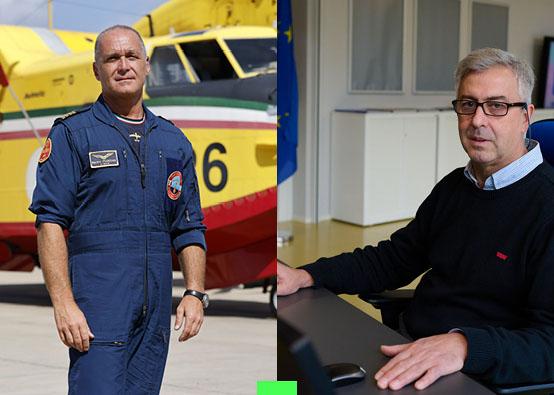 How Italian pilots flew to the rescue to stop wildfires in Germany
How Italian pilots flew to the rescue to stop wildfires in GermanyItalian pilot Martino Franchini stopped wildfires from spreading in Germany’s Harz National Park with the help of satellite data from EU expert Jesús San-Miguel-Ayanz.
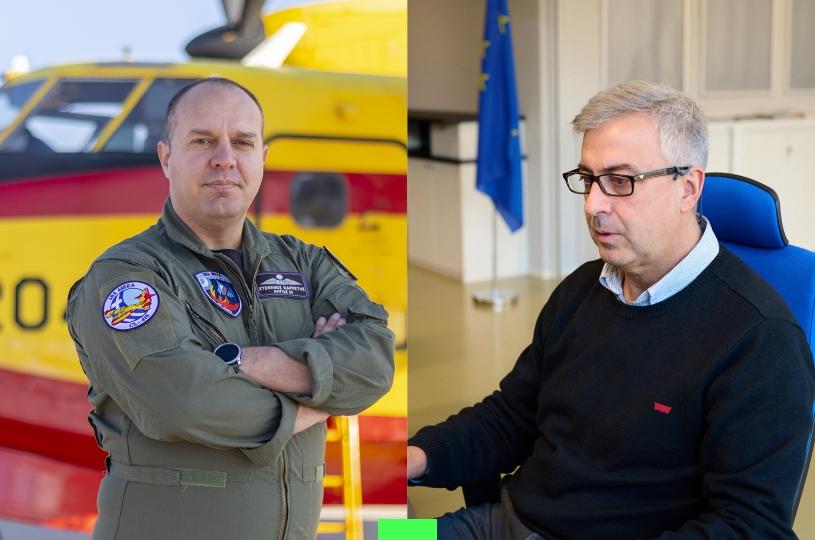 How Greece stepped up to help Portugal tackle the blaze
How Greece stepped up to help Portugal tackle the blazeThanks to EU wildfire risk expert Jesús San-Miguel-Ayanz, Greek pilot Stefanos Karpetis was ready to respond quickly to wildfires in Portugal in 2022.
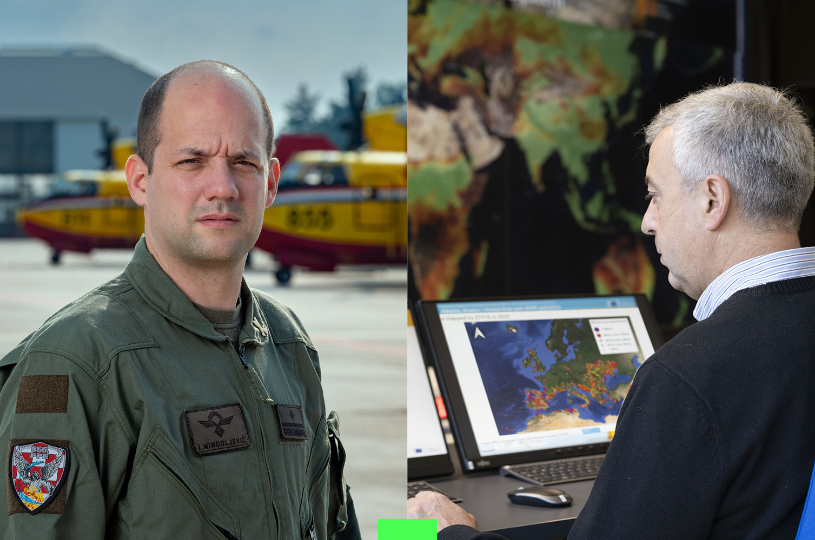 How Croatia’s firefighters helped Slovenia extinguish the flames
How Croatia’s firefighters helped Slovenia extinguish the flamesCroatian firefighter Igor Mindoljević used data provided by the European Forest Fire Information System when he tackled wildfires in Slovenia in 2022.
How EU experts helped Pakistan recover after severe floods
When devastating floods hit Pakistan in 2022, Peter Salamon – coordinator of the EU’s Copernicus Emergency Management Service – used satellite data to help workers on the ground.
How EU experts stepped up to help Madagascar cope with tropical storms
Mirana R’Abel, an EU-funded disaster risk educator, taught school children the risks tropical storms bring and helped them to stay safe during the storms. Thanks to this, EU experts who responded to the crisis in 2022 could focus on helping others in need.
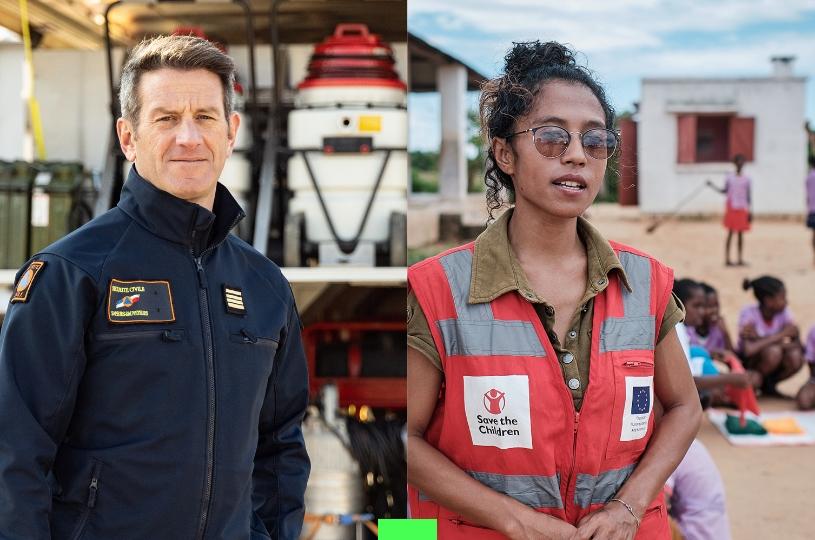
Alain Biasci – a French Civil Security Officer – analysed the dangers and ensured medical and sanitation experts responding to the crisis could work safely.
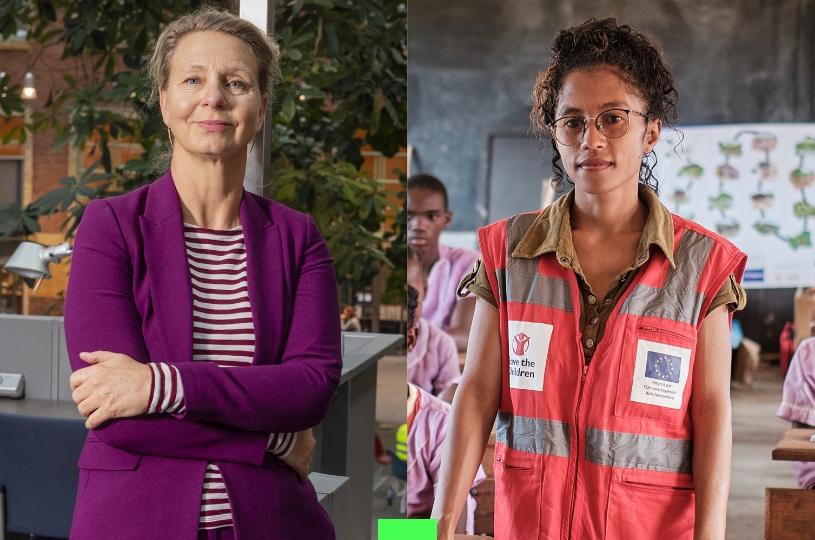
Erie Braakhekke – an expert from the Netherlands with a background in behavioural science – ensured her diverse team worked efficiently together.
What is the EU doing to tackle climate-related emergencies?
Every year, we hear about unprecedented climate-related disasters – wildfires, floods, storms and heatwaves. When countries in Europe and beyond are overwhelmed by climate-related emergencies, they can request assistance through the EU Civil Protection Mechanism.
That’s when the Emergency Response Coordination Centre (ERCC) steps in. The ERCC is at the core of the EU’s disaster response. It acts as a coordination hub between all countries within the Mechanism (27 EU countries plus 10 participating states), the affected country, and civil protection and humanitarian experts. The ERCC operates 24/7 and ensures the rapid deployment of emergency support.
In addition, the EU prepares for extreme weather events through satellite mapping and modelling, running training exercises, building a reserve of emergency resources, investing in disaster preparedness, and much more.
To ensure that we are better prepared for the uncertain future created by climate change, the European Commission has recently also adopted 5 disaster resilience goals. They aim to improve the capacity of the EU, its Member States and participating states in the EU Civil Protection Mechanism to anticipate and withstand the effects of future major disasters and emergencies.
